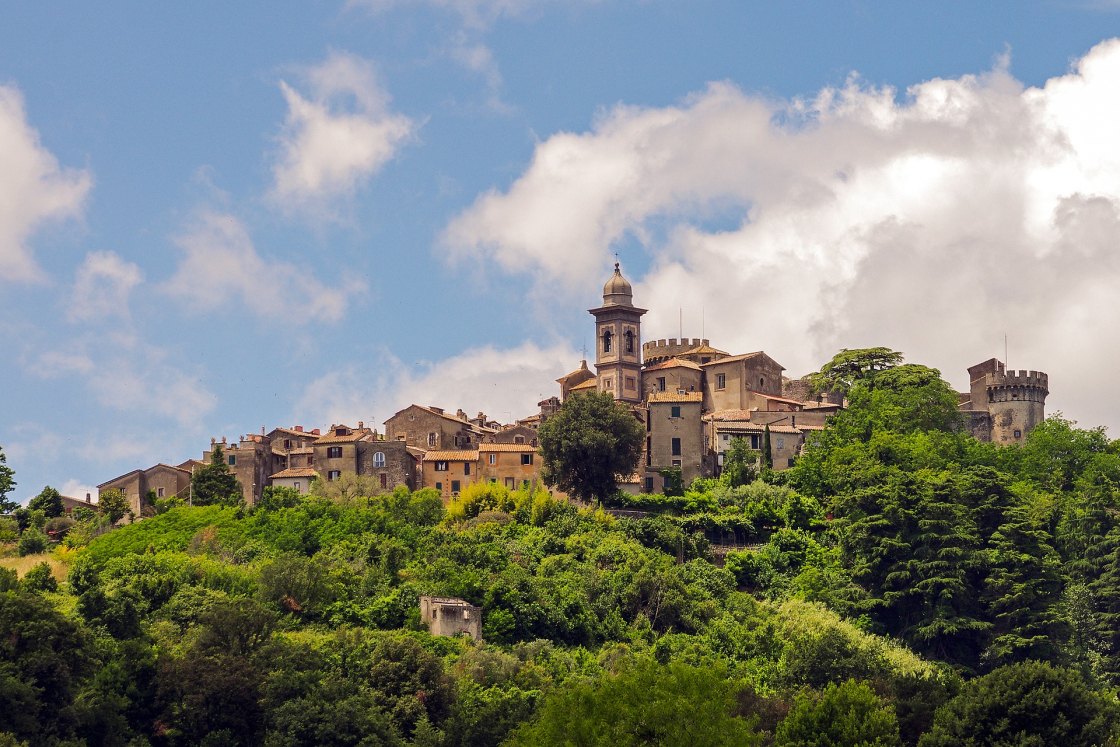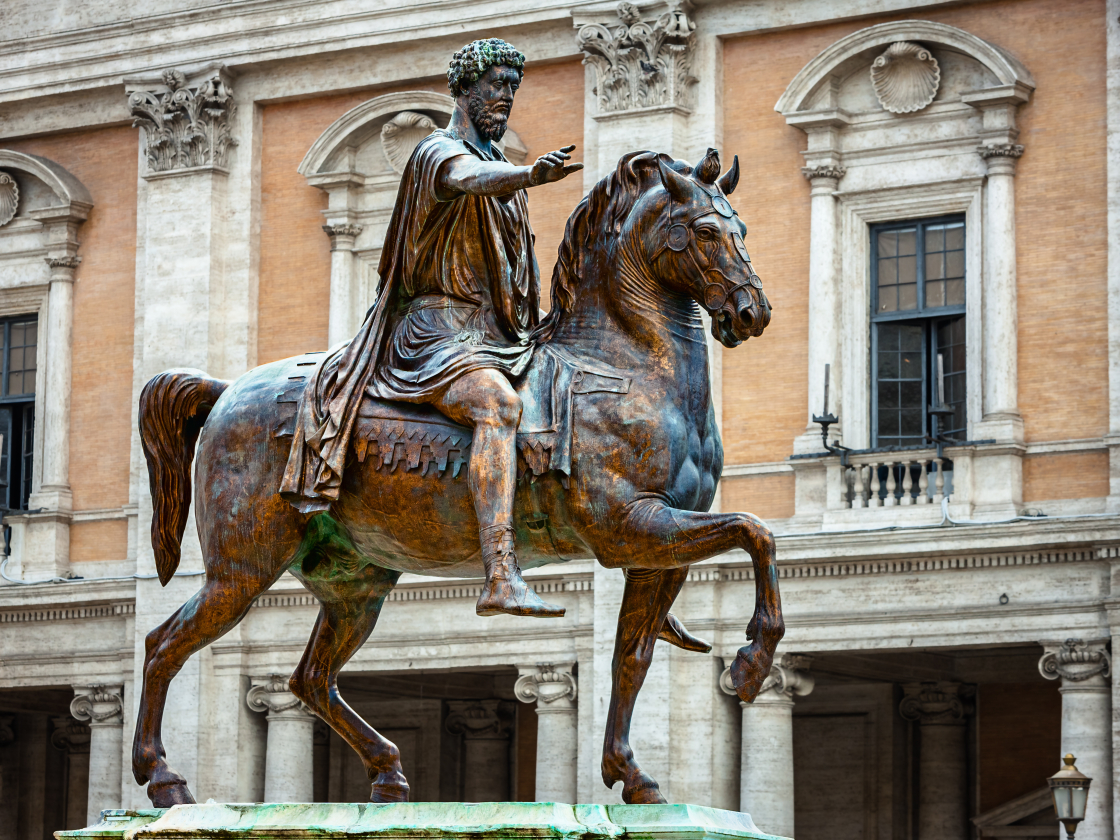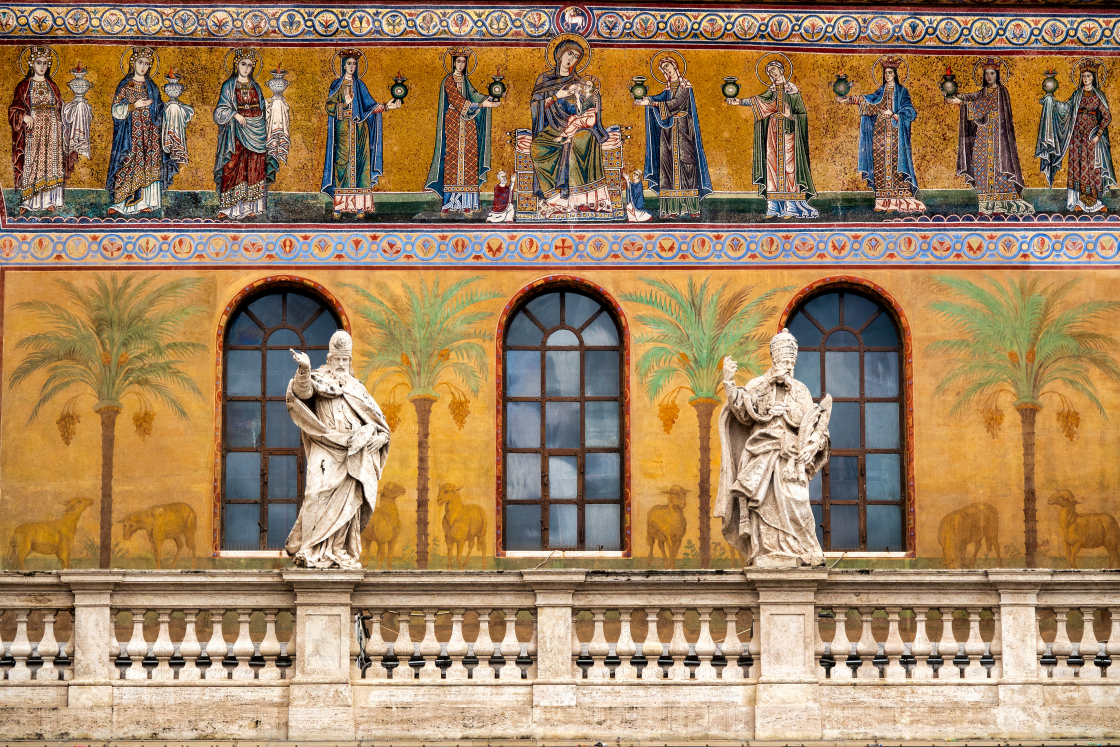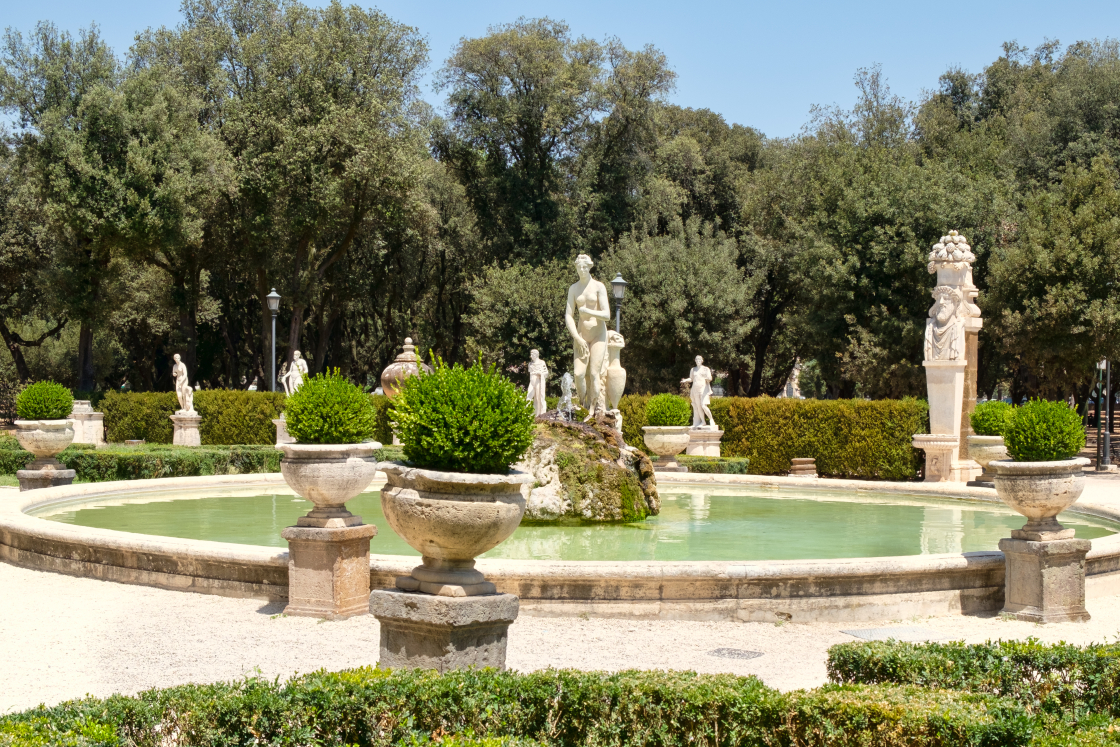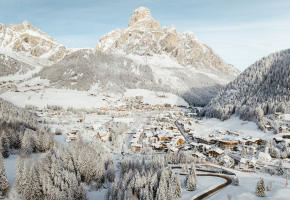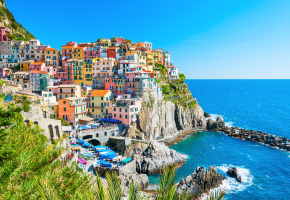
Undertourism
Explore the hidden wonders of Rome among off-the-beaten-path experiences

While the Colosseum and Trevi Fountain are iconic symbols of Rome, the Eternal City offers a wealth of lesser-known attractions that provide a more immersive and authentic experience.
Imagine strolling through art galleries without being swept away by the crowds: this is possible at the Galleria Doria Pamphili and the Galleria Colonna, places that offer an experience rivaling the famous Galleria Borghese. The Galleria Colonna also allows for exclusive visits, featuring a collection that spans from paintings by Renaissance masters like Annibale Carracci and Guido Reni to ancient sculptures and valuable furnishings. The Doria Pamphili is a favorite among locals, a true treasure in the heart of the city, with a private collection that includes masterpieces by Caravaggio, Velázquez, Titian, and many more.
Villa Farnesina, with its frescoes by Raphael, is a little paradise in Trastevere that you can’t miss. The Capitoline Museums, the oldest public museum in the world, boast a unique history and a design by Michelangelo. Their collection includes ancient artworks such as the famous statue of the Capitoline Wolf, the Dying Gaul, and the monumental Marcus Aurelius on Horseback, offering a fascinating journey through the history of Rome.
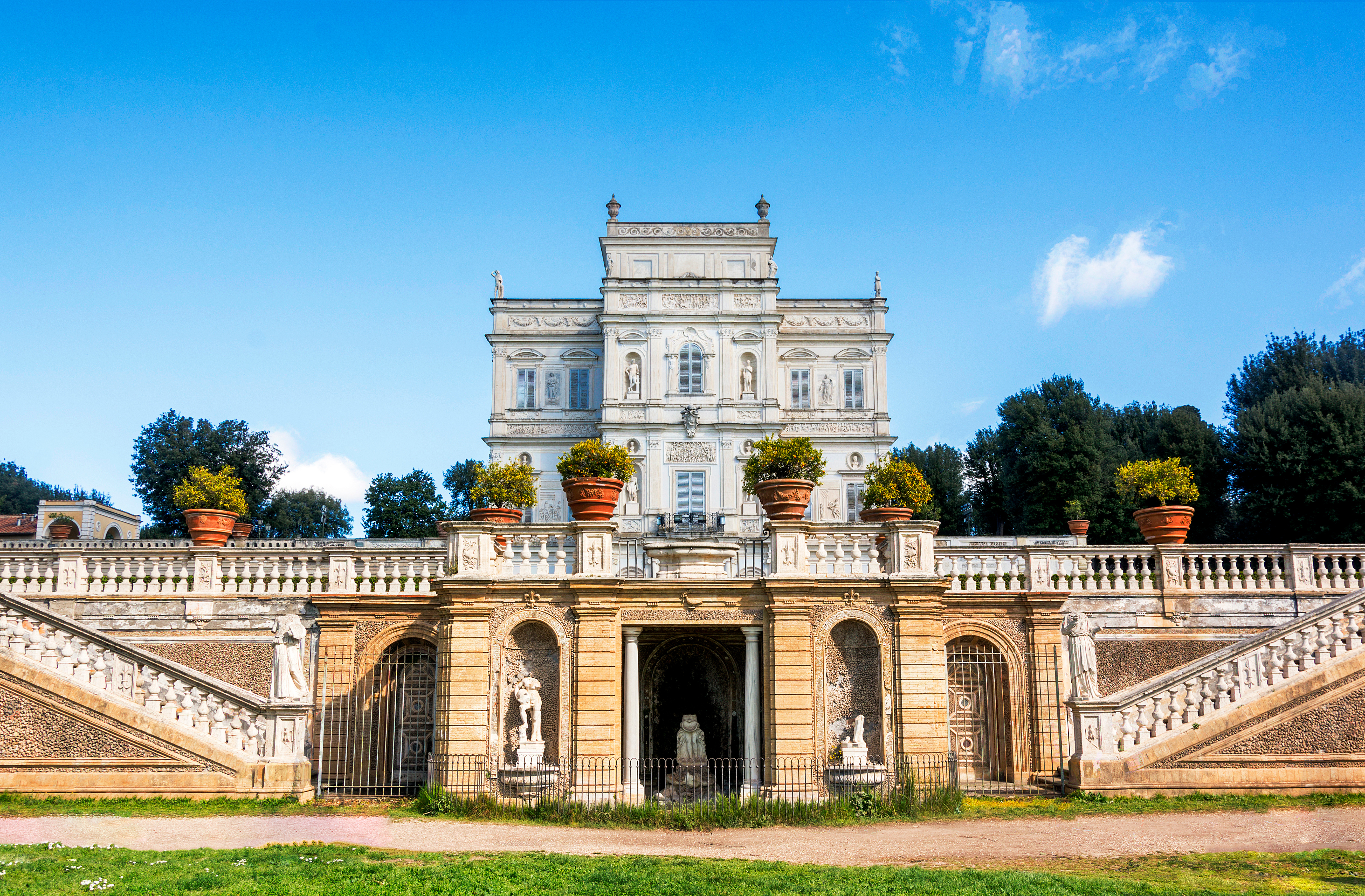
For contemporary art lovers, the National Gallery of Modern Art features an extraordinary collection and captivating architecture. Among the displayed works are masterpieces by artists such as Giacomo Balla, Giorgio de Chirico, and Amedeo Modigliani, marking it as a landmark for Italian and international art of the 19th and 20th centuries.
With thousands of years of history, it comes as no surprise that unique experiences can be found below ground! The Catacombs of St. Agnes, carved into the tuff outside the city walls, date back to the late 2nd and early 3rd centuries AD and deserve an exclusive visit. The underground of St. Clement's Basilica offers a time-travel experience through various layers of history. A highlight is the Vicus Caprarius, the archaeological area beneath the Trevi Fountain, perfect for small groups and individuals, where you can find remains of Roman homes and ancient hydraulic works.
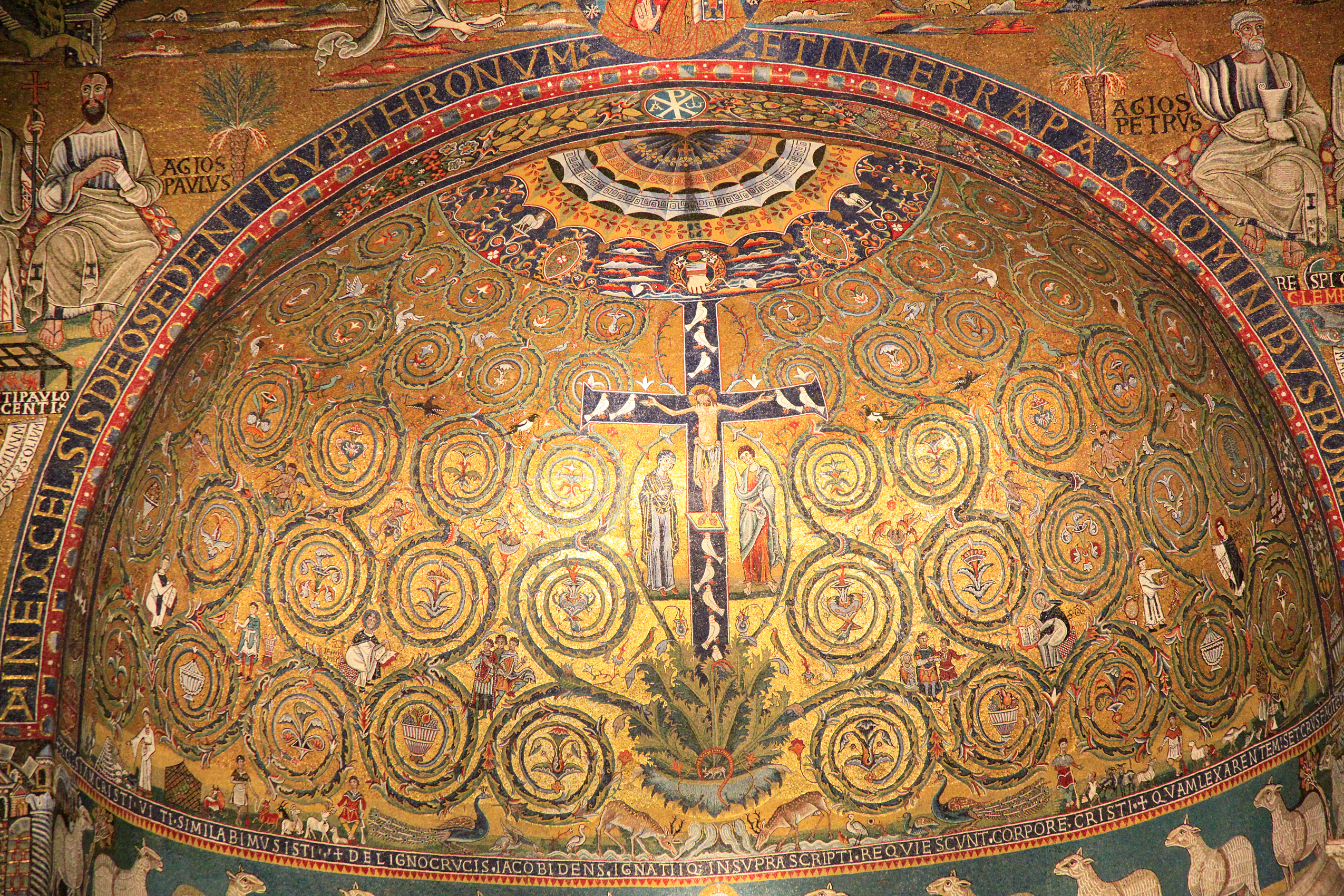
The Jubilee Basilicas such as Santa Maria Maggiore, Santa Croce in Gerusalemme, Scala Santa, and San Giovanni in Laterano provide a quieter alternative to St. Peter's, ideal for a more meditative and less crowded visit. Santa Maria in Trastevere, with its magnificent medieval mosaics, combined with a stroll through the neighborhood and a taste of street food, makes for a winning combo.
For nature lovers, the Roman countryside is an invaluable resource. The Appian Way, the 60th UNESCO site in Italy, is one of the most historic and scenic roads in Rome, stretching across four Italian regions to Brindisi, and can be explored on foot, by bike, or on horseback. The ancient medieval town of Monterano, with its ghost town charm, and Bracciano Castle are perfect for a day trip, perhaps with a relaxing break at the Terme di Stigliano.
To experience the Vatican at its best, an early morning or post-closing visit is recommended to avoid the busiest times. At the Colosseum, limit your time admiring the exterior and spend more time at the Palatine Hill and the Forum. Remember that the water from the fountains in Rome is fresh and safe, so avoid buying plastic bottles. Plan your movements in advance and prepare to walk a lot: this is the only way to truly discover every hidden corner of the Eternal City.
Related articles
10154
Torino (TO)
